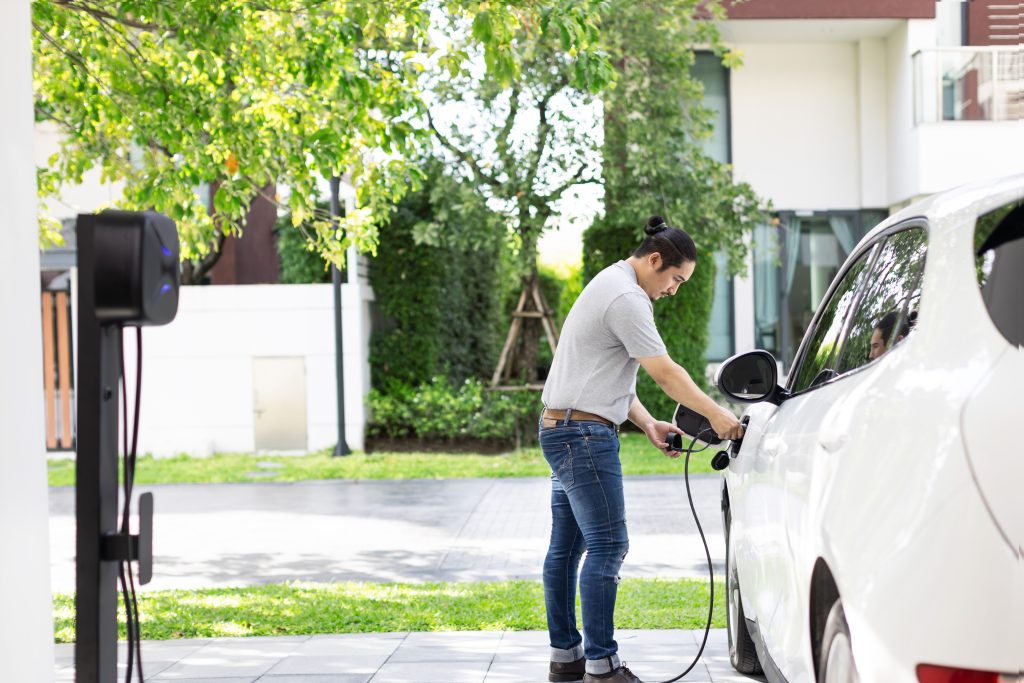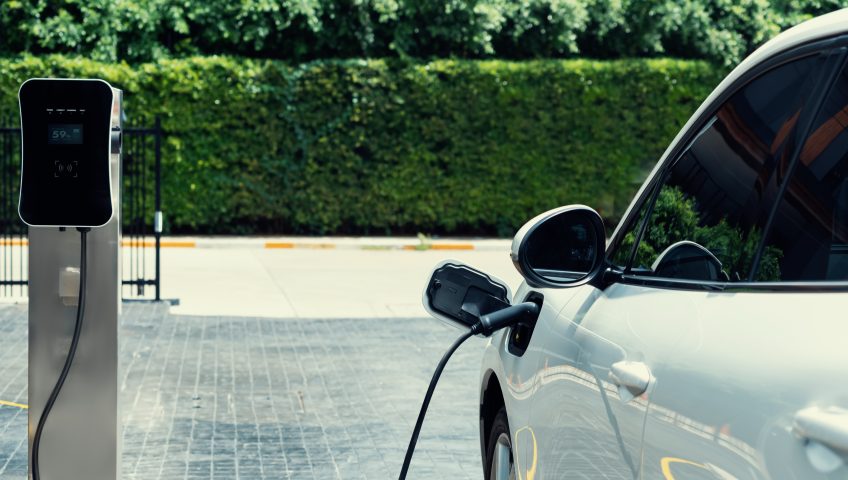In an era where sustainability is more than a buzzword, homeowners associations (HOAs) have a unique opportunity to lead their communities into a greener future. A significant step in this direction is integrating electric vehicle (EV) charging stations into residential areas. This not only supports residents who own electric vehicles but also encourages others to consider eco-friendly transportation options. Let’s explore how HOAs can effectively implement this change, enhancing both property value and environmental stewardship.

Assessing Community Needs and Interests
Before diving into the installation of EV charging stations, HOAS must gauge the interest and needs of their community members. Conducting a survey can provide insights into the number of residents who currently own or plan to buy electric vehicles. This data will help determine the scale and scope of the project, ensuring that the infrastructure meets the present and anticipated demands.
Understanding the Infrastructure Requirements
Integrating EV charging stations isn’t just about setting up hardware; it involves understanding the electrical infrastructure that supports it. HOAs should consult with professional electrical contractors like ROS Electric to assess their current capacity and what upgrades are necessary to support additional load from EV chargers. This evaluation will include examining existing electrical panels, wiring, and safety mechanisms to ensure everything is up to code and can handle the new installations without issues.
Choosing the Right Type of Charging Stations
There are various types of EV charging stations, each offering different speeds of charging. Level 1 chargers are the most basic, using a standard household outlet to charge a vehicle, typically overnight. Level 2 chargers, on the other hand, require a 240V outlet (similar to what an oven uses) and can charge a vehicle within a few hours. For communities looking to provide a quick-charging option, Level 3 chargers, although more expensive and power-intensive, can charge a vehicle in under an hour. Deciding which type of charger to install should be based on community needs, available space, and budget.
Exploring Funding and Incentives
The cost of installing EV charging stations can be offset by various federal, state, and local incentives. These can include tax breaks, rebates, and grants specifically designed to encourage the adoption of green technologies. HOAs should thoroughly research these opportunities as they can significantly reduce the financial burden of such projects. Companies like ROS Electric can also provide guidance and help in applying for these incentives.
Implementing and Managing the Installation
Once the planning is done, the actual installation process begins. Hiring a certified and experienced electrical contractor is crucial to ensure that the installation is carried out professionally and in compliance with all local codes and regulations. ROS Electric, with its expertise in electric car charger installations, can ensure a smooth and efficient process, minimizing disruption to community residents.
Educating Residents and Promoting Usage
After the installation of EV charging stations, HOAS need to educate their residents about the benefits and usage of the new infrastructure. Organizing an informational session or creating informative materials detailing how to use the chargers, the cost involved, and the benefits of switching to electric vehicles can drive engagement and utilization.

Drive Green, Live Green
For HOAs looking to make a real difference in their community’s carbon footprint and modernize their infrastructure, integrating EV charging stations is a forward-thinking choice. Not only does it support residents who are transitioning to electric vehicles, but it also sets a standard for sustainable living. Contact a specialist like ROS Electric today to find out how you can empower your community towards greener living. Let’s not just charge our cars; let’s charge towards a better, more sustainable future together.


Write a Comment